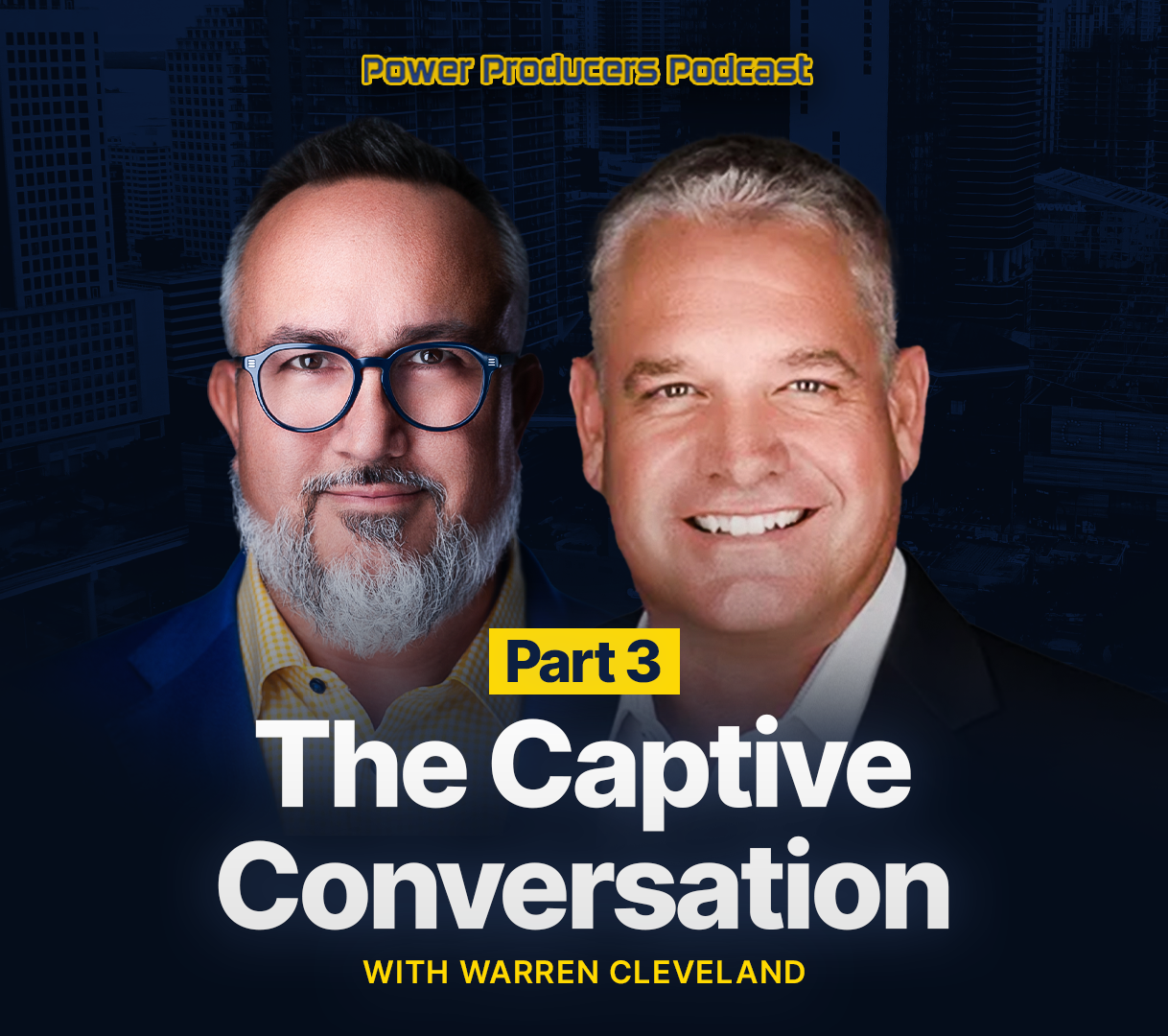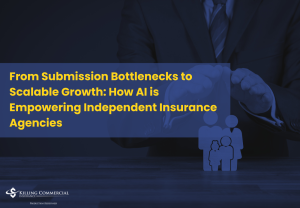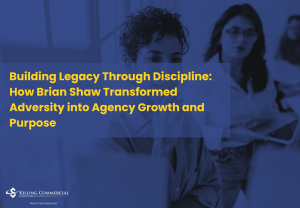In the third installment of our four-part series on
Power Producers Shop Talk, host
David Carothers and
Warren Cleveland of
Captive Coalition break down the fundamentals of
captive insurance. This episode is designed to give agents the foundational knowledge needed to confidently discuss captives with clients.
Warren demystifies the core concept, explains the different models, and provides a critical warning against the misused
831(b) tax election. They also tackle common misconceptions about size and risk, and outline the ideal prospect profile, emphasizing that commitment to
risk management is non-negotiable for success.
Key Highlights:
Demystifying Captive Models
Warren Cleveland explains that a
captive is simply an insurance company owned by its members, designed to let them keep the underwriting profit. He clarifies the primary models agents will encounter:
Group Captives (where multiple businesses pool risk),
Single-Parent Captives (for very large companies insuring their own risk), and
Cell Captives (an efficient structure where a business “rents” a legally separate cell from a larger captive).
A Critical Warning on the 831(b) Tax Election
A significant portion of the episode is dedicated to a crucial warning: stay away from the
831(b) tax election.
Warren stresses that this is a tax classification, not a type of captive, and has been widely abused by promoters as a tax shelter. The IRS is aggressively and successfully prosecuting these cases, and agents should advise clients that any true
captive must be about insurance first, not a tax play.
Busting Common Agent Misconceptions
The conversation addresses the myths that stop agents from exploring captives. They debunk the “you’re not big enough” fallacy, clarifying that businesses spending $250,000 or more can be ideal candidates. They also tackle the “it’s too risky” concern, explaining that an agent’s job is to help the client understand and quantify the risk, not avoid the conversation entirely.
The Anatomy of an Ideal Captive Prospect
Warren outlines the three pillars of a perfect captive candidate. First, they must have sufficient premium spend. Second, the business owner must be frustrated with the traditional market and willing to take on calculated risk. Third, and most importantly, they must have a deep-seated belief that investing in
risk management, safety, and training will directly improve their financial outcomes. A captive exposes risk management flaws; it doesn’t fix them.
Connect with:
Visit Websites:









